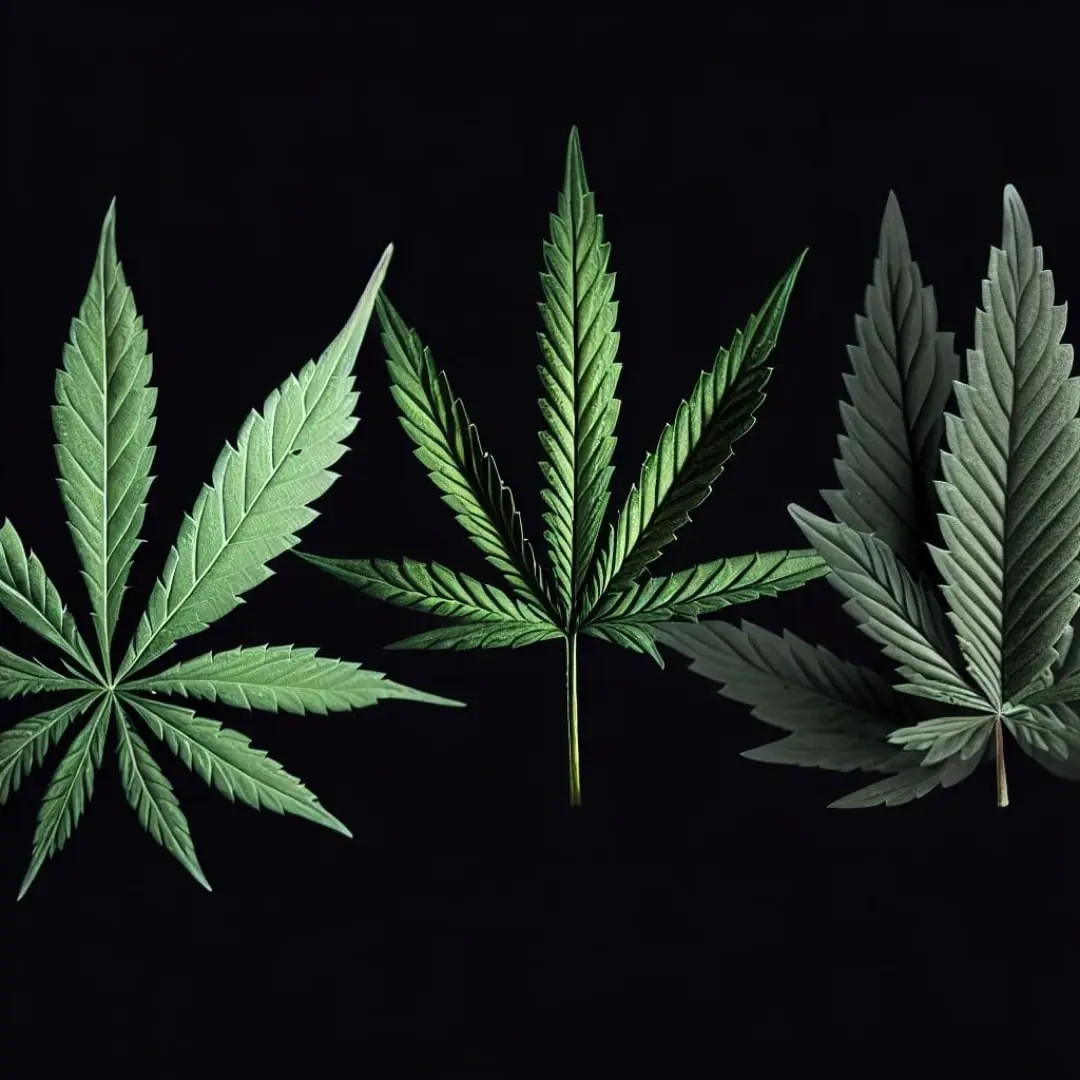Weed
From Curiosity to Connection: My Journey with Weed
My initial introduction to weed, like many others, came through a friend who smoked during weekend outings. Seeing anyone burn anything, be it cigarettes or weed, repelled me. This aversion kept me from trying it until the relatively late age of 25. This experience, however, opened my eyes to both the positive and negative aspects of weed.
My first encounter involved finding a comfortable spot with friends, enjoying the effects, and indulging in a post-smoke feast at McDonald’s. It was all about hanging out and relaxing. However, my friends, with more experience, advised that the individual experience was more focused and introspective, while the group experience was more social.
As their advice resonated, smoking weed became more routine. We’d wait until after work, find a scenic spot, and relax with friends. Occasionally, the police would appear, but thankfully, we never received any fines.
The pandemic changed everything. My smoking frequency increased to several times a day, though I consciously reduced the dosage per session. Investing in an herbal vape and glass pipe significantly improved the experience. My friend Le Fleur would call me almost three times a day during that period, suggesting we smoke and walk our dogs together.
Currently, I’ve almost entirely replaced alcohol with weed. I use the pipe about three times daily, and on weekends, we enjoy joints with friends.
Reflecting on this change, I recognize how deeply it has impacted my life. I appreciate nature significantly more, feeling a deeper connection and desire to protect it. However, the potential for addiction and its impact on well-being remain a concern.

There are three main types of cannabis: sativa, indica, and ruderalis. Sativa strains are known for their energizing and uplifting effects, while indica strains are known for their relaxing and sedative effects. Ruderalis strains are smaller and less common, and are often used to create autoflowering strains
Strengths and Potential Benefits of cannabis legalization:
- Medical Benefits: Growing evidence supports the use of cannabis for certain medical conditions, and legalization could increase safe and regulated access for patients.
- Reduced Criminalization: Legalization could free up law enforcement resources and reduce the burden of cannabis-related offenses on the criminal justice system.
- Tax Revenue: Legalization could generate significant tax revenue, potentially funding public services like education and healthcare.
- Safer Products: Regulation could ensure product safety and quality control, reducing risks associated with unregulated cannabis.
- Personal Freedom: Legalization aligns with arguments for individual liberty and the right to choose what substances one consumes responsibly.
- Economic Benefits: Job creation and economic growth could be stimulated through the cannabis industry and related sectors.
- Social Justice: Legalization could address the disproportionate impact of cannabis criminalization on certain communities.
- Reduced Use of Harmful Substances: Potential exists for cannabis to replace harmful substances like alcohol and tobacco, though more research is needed.
- International Cooperation: Legalization could facilitate global cooperation in developing common regulations and addressing drug-related issues.
- Scientific Research: Legalization would allow for further research into the therapeutic potential of cannabis.
Ultimately, the decision of cannabis legalization should be based on a balanced and evidence-based approach, considering the potential benefits and risks, while addressing public health concerns and ensuring responsible regulations.

